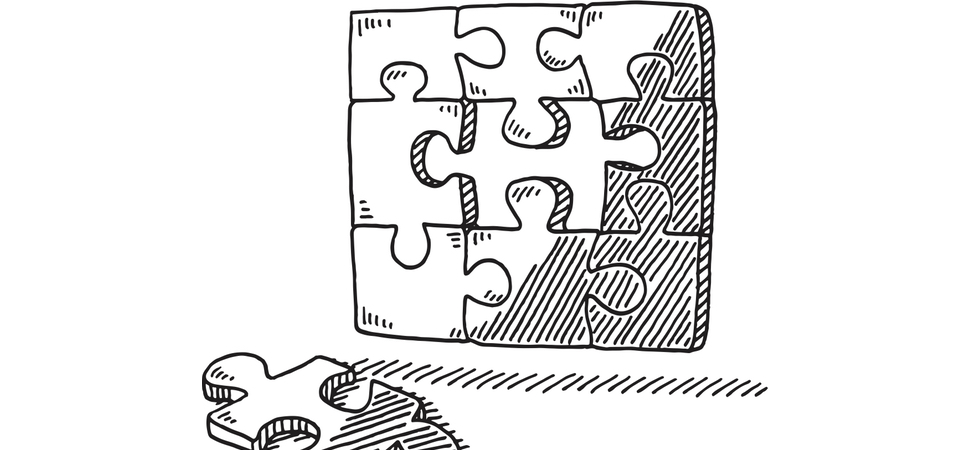For this Q&A, we reached out to the PHL Service Design Studio at the City of Philadelphia. Director Liana Dragoman shared the studio’s origins, structure, and perspective on improving people’s experiences of government.
Q: Could you tell us about your team’s origin story?
In the period of 2009 to 2014, public interest technologists and designers started to turn their attention to the public sector, asking the question: How can we collectively improve people’s experiences of government? On the municipal level, the City of Philadelphia was a part of this early movement, and was intentional about fostering a space of creativity and risk-taking inside the Office of Innovation and Technology (OIT). The “alpha” team built early prototypes of the City’s website, phila.gov.
Over the years, the “alpha” team expanded their scope and diversified skill-sets—transitioning from a developer-centered team to one that included data managers, content strategists, user experience designers, visual designers, design researchers, and service designers. Last year we launched the PHL Service Design Studio at the City of Philadelphia. Design, development, and data now have permanent homes, growing teams, and expanding portfolios. This new office is located within the Office of the Chief Administrative Officer to better support resident-facing service improvement work. I’m the Director of that Studio.
Q: How do you think about your mission?
The PHL Service Design Studio is composed of design research practitioners and service design activists. We use participatory design processes to collaborate with policy-makers, City employees, and residents to make government service delivery more accessible and just. And we do that by centering disenfranchised voices—or those typically not invited to the decision-making table—in our work.
At the City of Philadelphia, we support and expand the work of our City colleagues. For example: we advance City agencies’ strategic goals and service improvement efforts; we help policy-makers prototype and test policy ideas before scaled implementation; we evaluate the effectiveness of service delivery through our holistic, person-first service design lens. And we teach colleagues strategic design methods for use in their work.
Q: Could you tell us a little about your team’s structure or placement underneath the larger umbrella of government? Could you briefly break down everyone’s role on the team?
The Office of the Chief Administrator (CAO) strengthens the City’s administrative functions and enables departments to continually improve service delivery. The PHL Service Design Studio is positioned within the CAO to support its work in improving the City’s resident-facing services.
As of now, our team is made up of one Director, two service design strategists, one senior design researcher, and two service designers. The Director reports to the Chief Administrative Officer, who is a part of Mayor Kenney’s cabinet.
The PHL Service Design Studio as an organization is relatively flat; meaning all staff report to the Director from an HR perspective. However, we employ a professional development (mentor/mentee) reporting framework so team members feel supported on project work, can grow their skill-sets, and can meet their professional development goals.
The senior team members are the service design strategists and the senior design researcher. Their professional development manager or official mentor is the Director. The service designers (mid-level career) are paired with the service design strategists as their professional development managers.
The senior design researcher is responsible for leading research-driven project work and for developing the team’s design research practice area. The service design strategists lead service improvement projects and are tasked with developing the team’s service design practice area in collaboration with the team. The service designers support the Studio’s project work in collaboration with senior team members.
Q: What was the hardest challenge you ran into, as you were getting started?
We started building the City’s capacity for human-centered design and service design over four years ago. While these methods were generally accepted within the private sector, they felt new inside the City of Philadelphia. Service design at the City has been a bottom-up movement. The greatest challenge has been convincing leaders that a human-centered design approach to service improvement (e.g., process driven, staff inclusion, participatory, etc.) was needed to make sustaining change at the City. Once the team was able to show value for the approach, leaders at the City have supported the team’s work.
Most recently, Mayor Kenney spoke of the Service Design Studio and human-centered design in his inauguration and second term priorities report, stating: “We plan to embed data, evaluation, and human-centered design in more City operations.”
Q: How do you think about addressing user needs? What are some key elements of your approach or philosophy? Has this changed since you began?
We’ve written several blog posts about our people-centered approach—we suggest starting with this one to learn more.
